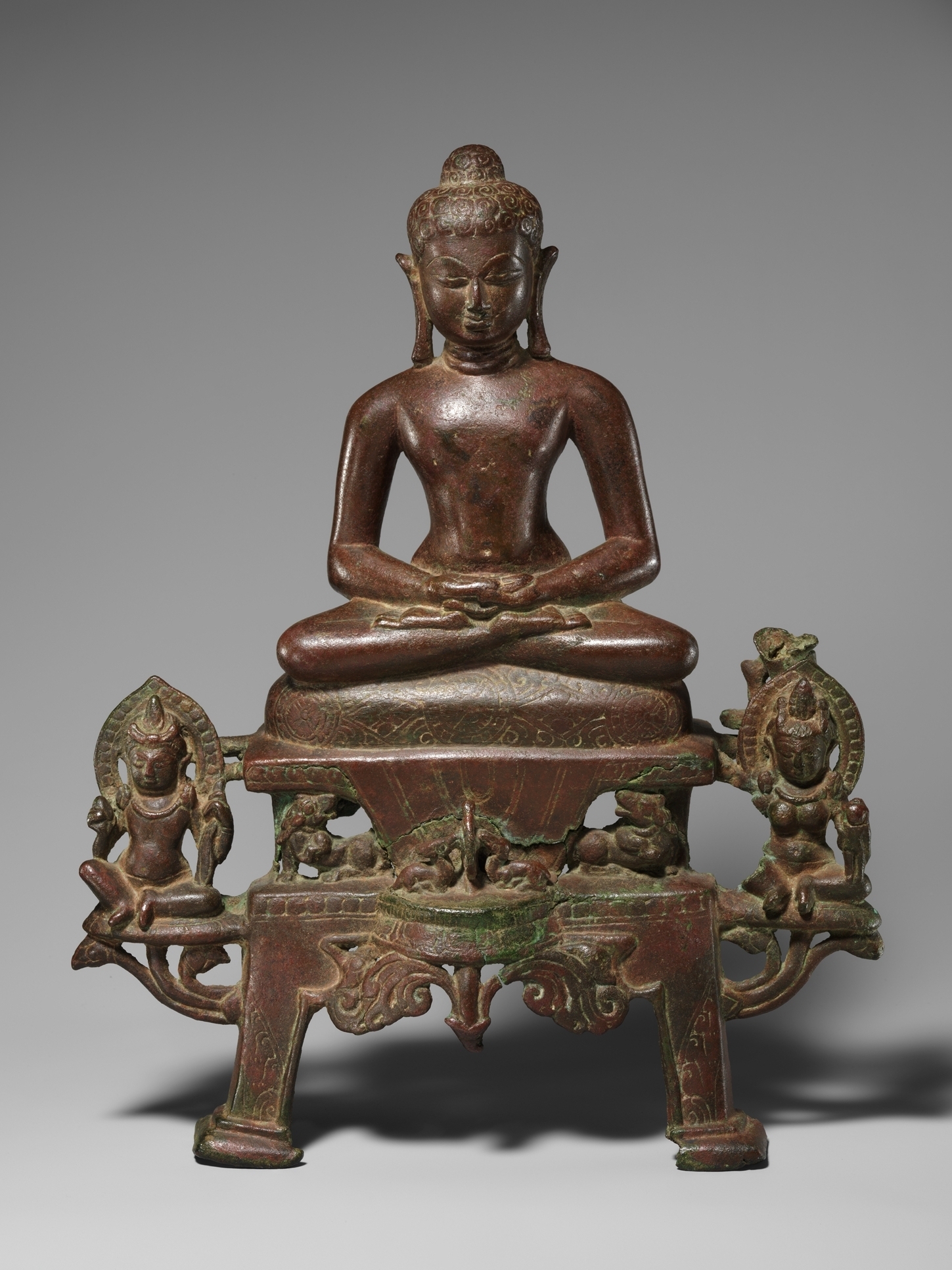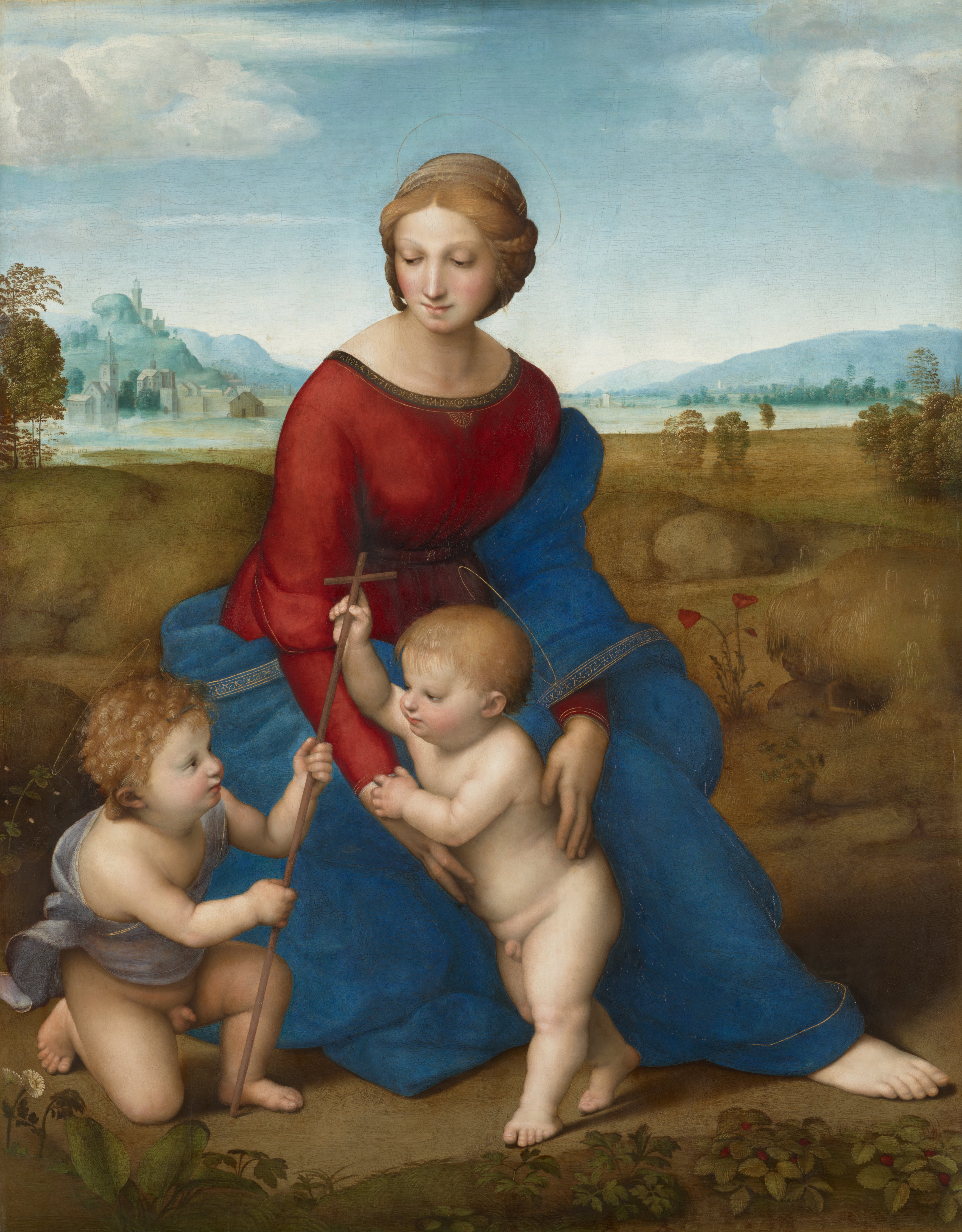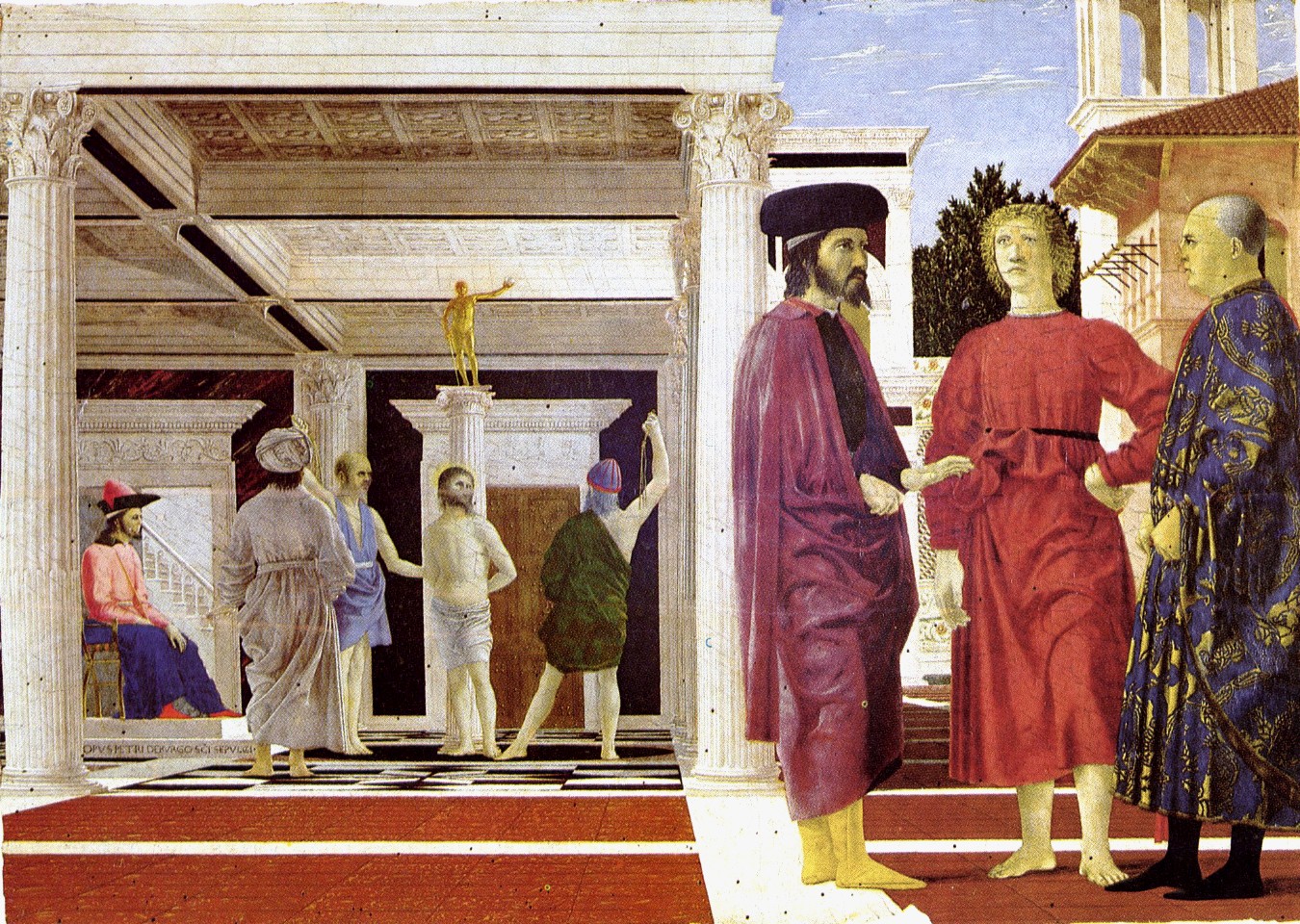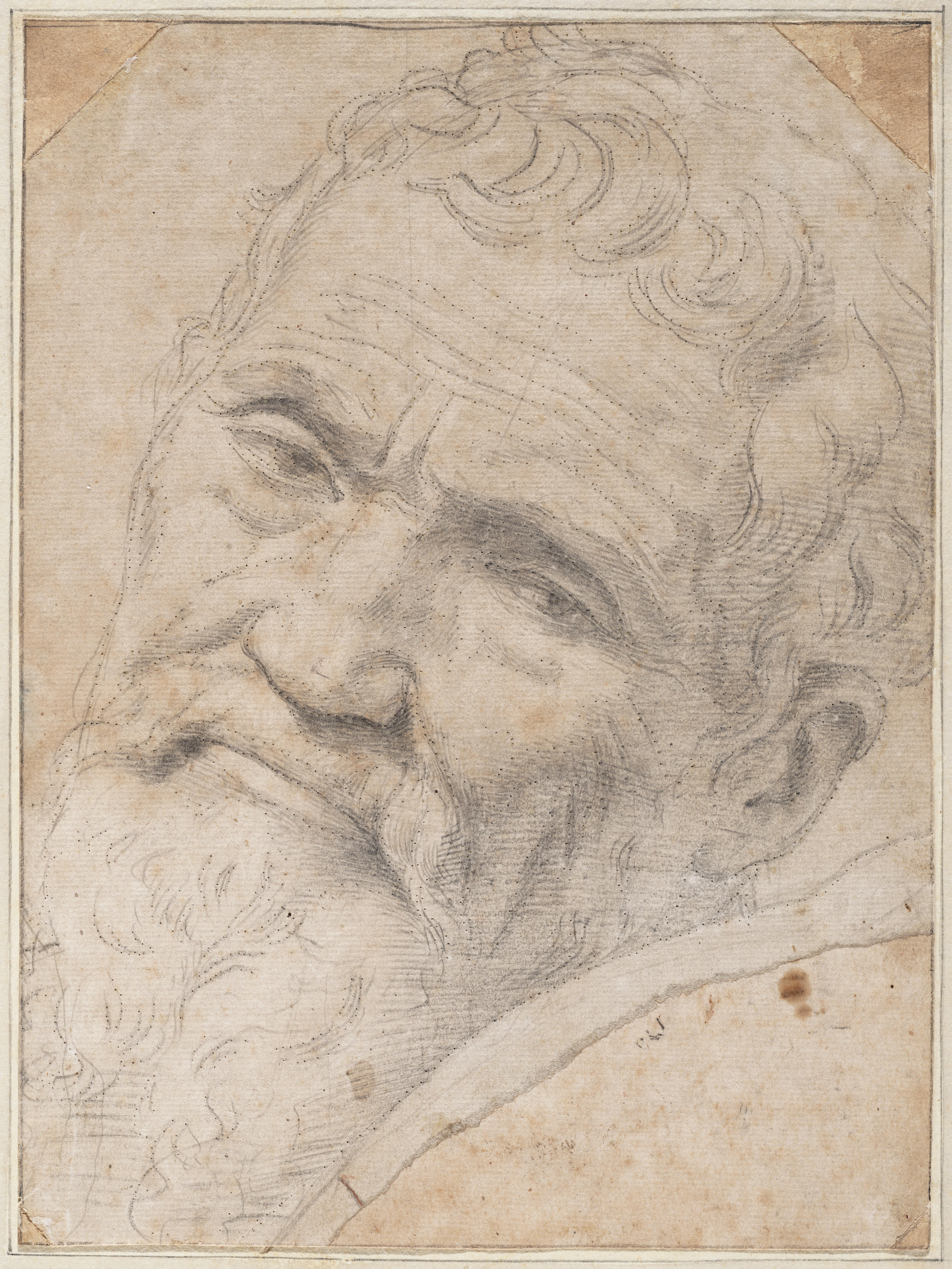|
Ecce Homo (Antonello Da Messina)
''Ecce Homo'' is the title of a series of paintings by the Italian Renaissance master Antonello da Messina. They date from 1470 to 1475. Paintings Antonello is known to have treated this subject four times; three (b, c, d) are variations of the same design; a fourth (a) differs. *a) ''Christ Crowned with Thorns'', in the collection of Gaspar Méndez de Haro, 7th Marquis of Carpio in 1687; Don Giulio Alliata, Palermo, 1698, when it was said to bear the date 1470, now illegible; ...Michael Friedsam, New York; Metropolitan Museum of Art, acc. no.32.100.82. *b) Picture Gallery of Collegio Alberoni, Piacenza, dated 1472. *c) Kunsthistorisches Museum, Vienna, dated 1474. *d) National Gallery of the Palazzo Spinola, Genoa. File:Antonello da Messina 002.jpg, c. 1470, Metropolitan Museum of Art Antonello da Messina 004.jpg, 1475, Piacenza File:Antonello da Messina 003.jpg, Palazzo Spinola, Genoa See also *Italian Renaissance painting, development of themes Notes Further reading ... [...More Info...] [...Related Items...] OR: [Wikipedia] [Google] [Baidu] |
Italian Renaissance
The Italian Renaissance ( it, Rinascimento ) was a period in Italian history covering the 15th and 16th centuries. The period is known for the initial development of the broader Renaissance culture that spread across Europe and marked the transition from the Middle Ages to modernity. Proponents of a "long Renaissance" argue that it started around the year 1300 and lasted until about 1600. In some fields, a Proto-Renaissance, beginning around 1250, is typically accepted. The French word ''renaissance'' (corresponding to ''rinascimento'' in Italian) means 'rebirth', and defines the period as one of cultural revival and renewed interest in classical antiquity after the centuries during what Renaissance humanists labelled as the "Dark Ages". The Renaissance author Giorgio Vasari used the term ''rinascita'' 'rebirth' in his '' Lives of the Most Excellent Painters, Sculptors, and Architects'' in 1550, but the concept became widespread only in the 19th century, after the work of schola ... [...More Info...] [...Related Items...] OR: [Wikipedia] [Google] [Baidu] |
Antonello Da Messina
Antonello da Messina, properly Antonello di Giovanni di Antonio, but also called Antonello degli Antoni and Anglicized as Anthony of Messina ( 1430February 1479), was an Italian painter from Messina, active during the Early Italian Renaissance. His work shows strong influences from Early Netherlandish painting, although there is no documentary evidence that he ever travelled beyond Italy. Giorgio Vasari credited him with the introduction of oil painting into Italy, although this is now disputed. Unusually for a southern Italian artist of the Renaissance, his work proved influential on painters in northern Italy, especially in Venice. Biography Early life and training Antonello was born at Messina around 1429–1431, to Garita (Margherita) and Giovanni de Antonio Mazonus, a sculptor who trained him early on. He and his family resided in the Sicofanti district of the city. Antonello is thought to have apprenticed in Rome before going to Naples, where Netherlandish painting was ... [...More Info...] [...Related Items...] OR: [Wikipedia] [Google] [Baidu] |
Gaspar Méndez De Haro, 7th Marquis Of Carpio
Gaspar is a given and/or surname of French, German, Portuguese, and Spanish origin, cognate to Casper (given name) or Casper (surname). It is a name of biblical origin, per Saint Gaspar, one of the wise men mentioned in the Bible. Notable people with the name include: Mononyms * Saint Gaspar (54 BC-55 AD), biblical saint * Gaspar (footballer, born 1981), Odirlei de Souza Gaspar, Brazilian football striker * Gaspar (Angolan footballer) (born 1997), Kialonda Gaspar, Angolan football defender * Gaspar (footballer, born 2002), Luis Eduardo Gaspar Coelho, Brazilian football forward Given name *Gaspar Araújo (born 1981), Portuguese long jumper *Gaspar Azevedo (born 1975), Portuguese footballer *Gaspar Cassadó (1897–1966), Spanish cellist and musical composer *Gaspar Corte-Real (1450–1501), Portuguese explorer *Gaspar Flores de Abrego (1781–1836), three-time mayor of San Antonio, Texas *Gaspar del Bufalo (1786-1837), saint, priest, and founder of the Missionaries of the ... [...More Info...] [...Related Items...] OR: [Wikipedia] [Google] [Baidu] |
Metropolitan Museum Of Art
The Metropolitan Museum of Art of New York City, colloquially "the Met", is the largest art museum in the Americas. Its permanent collection contains over two million works, divided among 17 curatorial departments. The main building at 1000 Fifth Avenue, along the Museum Mile on the eastern edge of Central Park on Manhattan's Upper East Side, is by area one of the world's largest art museums. The first portion of the approximately building was built in 1880. A much smaller second location, The Cloisters at Fort Tryon Park in Upper Manhattan, contains an extensive collection of art, architecture, and artifacts from medieval Europe. The Metropolitan Museum of Art was founded in 1870 with its mission to bring art and art education to the American people. The museum's permanent collection consists of works of art from classical antiquity and ancient Egypt, paintings, and sculptures from nearly all the European masters, and an extensive collection of American and modern ... [...More Info...] [...Related Items...] OR: [Wikipedia] [Google] [Baidu] |
The Metropolitan Museum Of Art
The Metropolitan Museum of Art of New York City, colloquially "the Met", is the largest art museum in the Americas. Its permanent collection contains over two million works, divided among 17 curatorial departments. The main building at 1000 Fifth Avenue, along the Museum Mile on the eastern edge of Central Park on Manhattan's Upper East Side, is by area one of the world's largest art museums. The first portion of the approximately building was built in 1880. A much smaller second location, The Cloisters at Fort Tryon Park in Upper Manhattan, contains an extensive collection of art, architecture, and artifacts from medieval Europe. The Metropolitan Museum of Art was founded in 1870 with its mission to bring art and art education to the American people. The museum's permanent collection consists of works of art from classical antiquity and ancient Egypt, paintings, and sculptures from nearly all the European masters, and an extensive collection of American and modern a ... [...More Info...] [...Related Items...] OR: [Wikipedia] [Google] [Baidu] |
Piacenza
Piacenza (; egl, label= Piacentino, Piaṡëinsa ; ) is a city and in the Emilia-Romagna region of northern Italy, and the capital of the eponymous province. As of 2022, Piacenza is the ninth largest city in the region by population, with over 102,000 inhabitants. Westernmost major city of the region of Emilia-Romagna, it has strong relations with Lombardy, with which it borders, and in particular with Milan. It was once defined by Leonardo da Vinci as "Land of passage", in his Codex Atlanticus, by virtue of its crucial geographical location. Piacenza integrates characteristics of the nearby Ligurian and Piedmontese territories added to a prevalent Lombard influence, favored by communications with the nearby metropolis, which attenuate its Emilian footprint. Piacenza is located at a major crossroads at the intersection of Route E35/A1 between Bologna and Milan, and Route E70/A21 between Brescia and Turin. Piacenza is also at the confluence of the Trebbia, draining the north ... [...More Info...] [...Related Items...] OR: [Wikipedia] [Google] [Baidu] |
Kunsthistorisches Museum
The Kunsthistorisches Museum ( "Museum of Art History", often referred to as the "Museum of Fine Arts") is an art museum in Vienna, Austria. Housed in its festive palatial building on the Vienna Ring Road, it is crowned with an octagonal dome. The term ''Kunsthistorisches Museum'' applies to both the institution and the main building. It is the largest art museum in the country and one of the most important museums worldwide. Emperor Franz Joseph I of Austria-Hungary opened the facility around 1891 at the same time as the Natural History Museum, Vienna which has a similar design and is directly across Maria-Theresien-Platz. The two buildings were constructed between 1871 and 1891 according to plans by Gottfried Semper and Baron Karl von Hasenauer. The emperor commissioned the two Ringstraße museums to create a suitable home for the Habsburgs' formidable art collection and to make it accessible to the general public. The buildings are rectangular in shape, with symmetrical ... [...More Info...] [...Related Items...] OR: [Wikipedia] [Google] [Baidu] |
Palazzo Spinola Di Pellicceria
The Palazzo Spinola di Pellicceria, also known as Palazzo Francesco Grimaldi, is a palace located in piazza di Pellicceria in the historical center of Genoa, Northwestern Italy. The palace was one of the 163 Palazzi dei Rolli of Genoa, the selected private residences where the notable guests of the Republic of Genoa were hosted during State visits. On 13 luglio del 2006 it was added to the list of 42 palaces which now form the UNESCO World Heritage Site Genoa: Le Strade Nuove and the system of the Palazzi dei Rolli. It is currently owned by the Ministry of Cultural Heritage and Activities and Tourism and houses the National Gallery of Art in Palazzo Spinola (). History The funds for the initial construction of this palace was present in the will of Francesco Grimaldi, made prior to 1593, when construction began upon medieval foundations at the site. The palace was included in the ''Rolli'' or list of aristocratic residences, that could be used by the government for hosting promine ... [...More Info...] [...Related Items...] OR: [Wikipedia] [Google] [Baidu] |
Italian Renaissance Painting, Development Of Themes
This article about the development of themes in Italian Renaissance painting is an extension to the article Italian Renaissance painting, for which it provides additional pictures with commentary. The works encompassed are from Giotto in the early 14th century to Michelangelo's ''Last Judgement'' of the 1530s. The themes that preoccupied painters of the Italian Renaissance were those of both subject matter and execution – what was painted and the style in which it was painted. The artist had far more freedom of both subject and style than did a Medieval painter. Certain characteristic elements of Renaissance painting evolved a great deal during the period. These include perspective, both in terms of how it was achieved and the effect to which it was applied, and realism, particularly in the depiction of humanity, either as symbolic, portrait or narrative element. Themes The ''Flagellation of Christ'' by Piero della Francesca (above) demonstrates in a single small work many of t ... [...More Info...] [...Related Items...] OR: [Wikipedia] [Google] [Baidu] |
1470s Paintings
147 may refer to: * 147 (number), a natural number * AD 147, a year of the Julian calendar, in the second century * 147 BC, a year of the pre-Julian Roman calendar * 147 AH, a year in the Islamic calendar that corresponds to 764 – 765 CE In the military * BQM-147 Dragon unmanned aerial vehicle, a tactical battlefield UAV operated by the US Marine Corps * Ryan Model 147 Lightning Bug was a drone, or unmanned aerial vehicle during the 1960s * was a United States Navy Admirable-class minesweeper during World War II * was a United States Navy Edsall-class destroyer escort during World War II * was a United States Navy Haskell-class attack transport during World War II * was a United States Navy ''General G. O. Squier''-class transport ship during World War II * was a United States Navy Wickes-class destroyer during World War II * was a United States Navy ''Neosho''-class fleet oiler of the United States Navy during the Six-Day War Science and medicine * 147 Protogeneia, a ... [...More Info...] [...Related Items...] OR: [Wikipedia] [Google] [Baidu] |
1475 Paintings
Year 1475 ( MCDLXXV) was a common year starting on Sunday (link will display the full calendar) of the Julian calendar. Events January–December * January 10 – Battle of Vaslui ( Moldavian–Ottoman Wars): Stephen III of Moldavia defeats the Ottoman Empire, which is led at this time by Mehmed the Conqueror of Constantinople. * July 4 – Burgundian Wars: Edward IV of England lands in Calais, in support of the Duchy of Burgundy against France. * August 29 – The Treaty of Picquigny ends the brief war between France and England. * November 13 – Burgundian Wars – Battle on the Planta: Forces of the Old Swiss Confederacy are victorious against those of the Duchy of Savoy, near Sion, Switzerland. * November 14 – The original Landshut Wedding takes place, between George, Duke of Bavaria, and Hedwig Jagiellon. * December – The Principality of Theodoro falls to the Ottoman Empire, arguably taking with it the final remnant of the successo ... [...More Info...] [...Related Items...] OR: [Wikipedia] [Google] [Baidu] |







